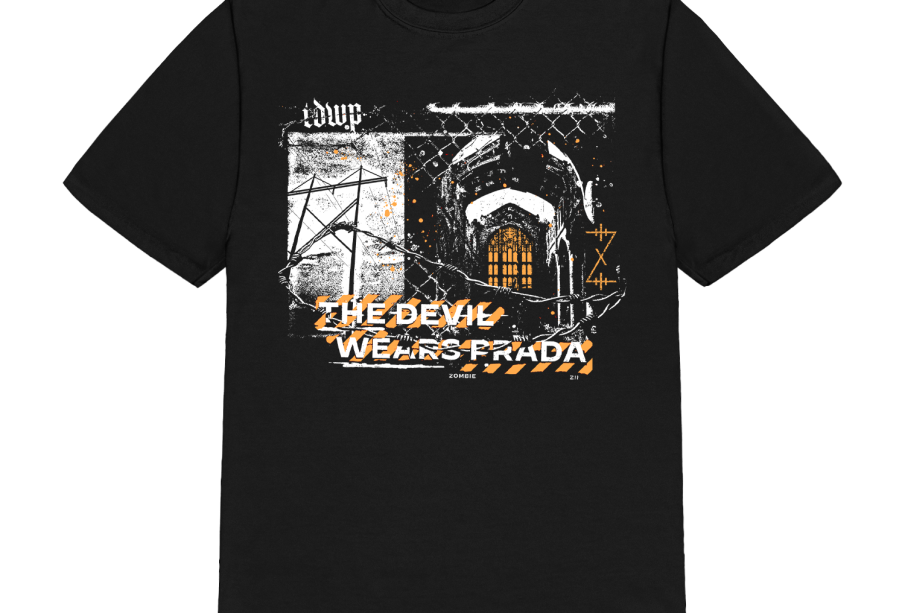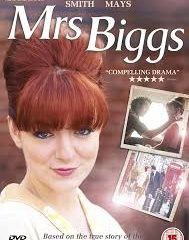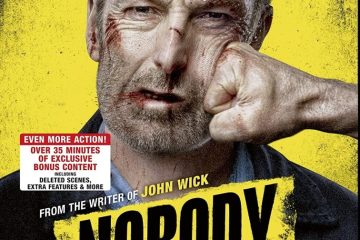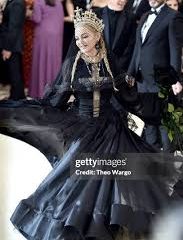The Enduring Legacy of The Devil Wears Prada

Introduction
Released in 2006, ‘The Devil Wears Prada’ has become a cult classic, captivating audiences worldwide with its mix of comedy, drama, and fashion. Based on Lauren Weisberger’s novel, the film offers a behind-the-scenes look at the high-pressure world of fashion journalism, revolving around the iconic character Miranda Priestly, played by Meryl Streep. The film is not just a compelling narrative; it has significantly influenced both contemporary fashion and workplace culture, making it a relevant topic for discussion even today.
Plot Summary and Key Themes
The film follows Andrea Sachs, a young aspiring journalist portrayed by Anne Hathaway, who lands a job as an assistant to Miranda Priestly, the powerful editor of Runway magazine. Andrea’s journey captures the challengesof navigating the competitive fashion industry, and the film expertly juxtaposes her ambitions with the demanding expectations of her employer. The film explores themes of identity, ambition, and the moral dilemmas inherent in pursuing one’s career at any cost.
Cultural Impact
Since its release, ‘The Devil Wears Prada’ has had a lasting impact on both film and popular culture. Meryl Streep’s performance earned her an Academy Award nomination, while the film itself has spawned various quotable lines and memorable moments that have been referenced in numerous media contexts. Additionally, the character of Miranda Priestly has become emblematic of the ‘power woman’ trope in film, affecting how women in leadership positions are portrayed in media.
On a sartorial level, the film has had a significant influence on fashion trends and consumer behaviour. The stunning wardrobe choices made by the characters, especially the stylish ensembles worn by Priestly, have inspired many viewers to revamp their own wardrobes, sparking trends that continue to resonate in today’s fashion landscape. Fashion designers has gone so far as to create collections inspired by the film, showing its persistent relevance within the industry.
Conclusion
As ‘The Devil Wears Prada’ marks its fifteenth anniversary, the film remains a cultural touchstone, frequently revisited by new generations of viewers. Its commentary on ambition, the fashion world, and female empowerment resonates profoundly in our current workforce landscape, where discussions of work-life balance and professional ethics are prevalent. The film’s ability to evoke discussion on such matters ensures it will remain significant in film and fashion circles alike. As audiences continue to connect with Andrea and Miranda, the legacy of ‘The Devil Wears Prada’ will undoubtedly endure, inspiring both admiration and critique in equal measure.








